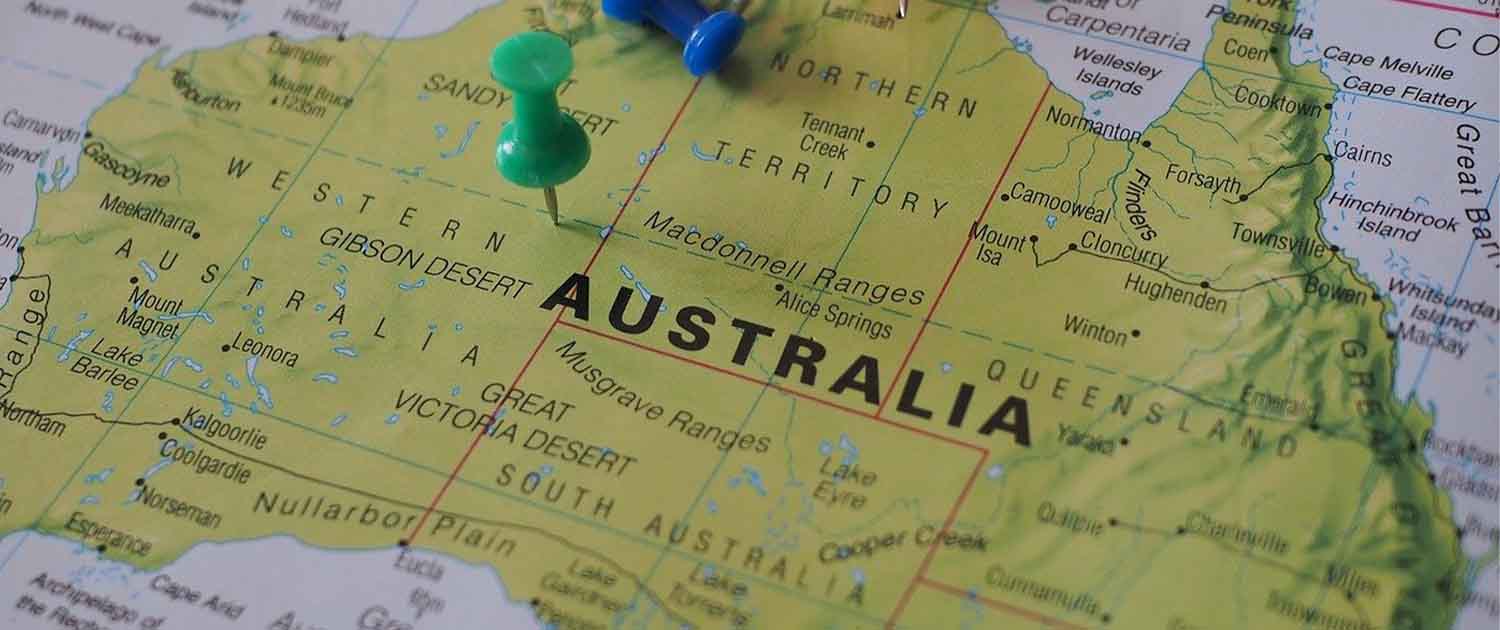- Understanding the limitations and fluctuations in data can help build a more reliable narrative about IPv6 adoption.
- Around one in four of Australia’s active networks have adopted IPv6.
- Looking at a network level can help identify limitations and opportunities to improve IPv6 adoption.
IPv6 is a new Internet Protocol version that will eventually replace IPv4, the version most widely used on the Internet today.
Although the technology is well-established, IPv6 adoption varies significantly around the world, with some regions demonstrating higher adoption rates due to a combination of policy, industry leadership, and user demand.
This variation extends to the projects that measure IPv6 adoption, each offering slightly different perspectives and biases based on their measurement methods and analysis.
If we look at Australia, for example, we can see that IPv6 adoption, according to Akamai, APNIC, Cloudflare, and Google, is slightly above or well below the global IPv6 adoption average of 40%.
Interestingly, some of these figures also fluctuate depending on the day of the week. For example, Cloudflare Radar data shows a 5% increase in IPv6 traffic every weekend in Australia due to the country’s largest Internet Service Provider(ISP), Telstra (AS1221), having enabled IPv6 on most of its end users’ home routers.
Understanding the limitations and fluctuations in data, such as those tied to daily and weekly usage patterns, and the percentage of networks that have adopted IPv6 helps build a more reliable narrative about IPv6 progress in the country and how best to improve adoption.
Below is a summary of a study I recently presented at AusNOG 2024 (see video below) that seeks to offer this additional context on IPv6 adoption in Australia, which can be easily replicated to understand the successes and limitations of IPv6 adoption in other countries.
IPv4 Exhaustion Has Not Hit Australia
It’s often said that Australia is a lucky country. This is undoubtedly the case regarding the Internet resources allocated for such a small population, particularly IPv4 addresses, which amount to around 47M as of September 2024, ranking it 11th globally.
This ‘bounty’ came from being an early adopter of the Internet when the Regional Internet Registries more freely allocated IPv4 addresses.
Now, the only options for networks to grow are unsustainable and complex workarounds such as network address translation (NAT), purchasing IPv4 addresses on the open market, or moving to IPv6.
Read: Internet Society Public Policy Brief: Adoption of IPv6
Of Australia’s1,691 active networks (ASNs), only one in four (417) have adopted IPv6.
Some of these adopters are among Australia’s largest Internet Service Providers (ISPs). They include Telstra, Aussie Broadband, Superloop, Vodafone, and Vocus, all of which have enabled IPv6 for most of their customers. The remaining two big ISPs that have yet to adopt it are Optus and TPG.
What’s Next for IPv6 in Australia?
While IPv6 adoption in Australia and other countries is rising, there is plenty of opportunity to increase the rate.
Looking at the capability of all the active networks and their market share can help you identify these opportunities, especially recognizing the major networks that need to increase their investment in IPv6.
In Australia, the adoption pace will remain slow without broader support from larger network operators. This will limit the country’s ability to transition fully to the next-generation Internet protocol and ensure long-term network scalability and sustainability.


